White ceramic tile kitchen backsplashes are a popular choice among homeowners for their timeless appeal, versatility, and practicality. Ceramic tiles are made from clay that is shaped and fired at high temperatures, resulting in a durable and water-resistant material that is ideal for use in kitchens. White ceramic tiles, in particular, offer a clean and bright aesthetic that can help visually enlarge a space while providing a neutral backdrop that complements a variety of kitchen styles and color schemes.
One of the key advantages of white ceramic tile kitchen backsplashes is their ability to reflect light, which can help brighten up a kitchen and make it feel more spacious. In smaller or darker kitchens, a white ceramic tile backsplash can be especially effective in creating a sense of openness and airiness by bouncing light around the room. Additionally, white ceramic tiles can act as a blank canvas, allowing homeowners to experiment with different accent colors and accessories to personalize their kitchen space.
Ceramic tiles are known for their durability and resistance to moisture, making them an excellent choice for use in areas prone to splashes and spills, such as kitchen backsplashes. White ceramic tiles are easy to clean and maintain, requiring only regular wiping with a damp cloth or mild detergent to keep them looking their best. Their non-porous surface also makes them resistant to stains and mold, ensuring that your kitchen backsplash remains pristine and hygienic with minimal effort.

In terms of design versatility, white ceramic tiles come in a variety of shapes, sizes, and textures to suit different kitchen aesthetics and preferences. From classic subway tiles to intricate mosaic patterns, there are endless options to choose from when it comes to designing a white ceramic tile kitchen backsplash. Whether you prefer a sleek and modern look or a more traditional and rustic feel, there’s a white ceramic tile option that can complement your kitchen design.
When it comes to installation, white ceramic tile kitchen backsplashes can be installed using various methods, including adhesive backing, thin-set mortar, or groutless interlocking systems. The installation process typically involves measuring and cutting the tiles to fit the space, applying adhesive or mortar to the wall, and then pressing the tiles into place. Grout is then applied between the tiles to fill in the gaps and create a seamless and water-tight finish.

Common mistakes to avoid when installing a white ceramic tile kitchen backsplash include:
- Failing to properly prepare the wall surface before installation, can result in uneven or unstable tile placement.
- Choosing the wrong type or size of tiles for the space leads to improper scale and visual imbalance.
- Using incorrect adhesive or mortar for the tile material can affect adhesion and durability.
- Not allowing the adhesive or mortar to fully cure before grouting, resulting in loose or shifting tiles.
- Neglecting to properly seal the grout after installation, can lead to staining and discoloration over time.

Are white ceramic tiles prone to staining or discoloration?
White ceramic tiles are resistant to staining and discoloration, thanks to their non-porous surface. However, it’s important to properly seal the grout lines to prevent staining from spills and splashes.
Can white ceramic tiles be used in kitchens with high humidity or moisture levels?
Yes, white ceramic tiles are ideal for use in kitchens with high humidity or moisture levels, as they are resistant to water and moisture damage. Proper installation and sealing of grout are essential to ensure long-term durability in these environments.
How do I clean and maintain a white ceramic tile kitchen backsplash?
To clean a white ceramic tile kitchen backsplash, simply wipe the tiles with a damp cloth or sponge and mild detergent. Avoid using abrasive cleaners or harsh chemicals, as they can damage the tiles’ finish. Additionally, regularly sealing the grout lines can help prevent staining and discoloration over time.
Can white ceramic tiles be installed over existing tiles or other surfaces?
Yes, white ceramic tiles can be installed over existing tiles or other surfaces, provided that the surface is clean, flat, and stable. However, it’s important to consult with a professional installer to ensure proper preparation and installation methods are followed.
Are white ceramic tiles suitable for DIY installation?
While white ceramic tiles can be installed as a DIY project, it’s important to have some experience with tile installation techniques and tools. Proper preparation, measurement, and installation are crucial to achieving a professional-looking result, so it’s advisable to seek guidance from a professional if you’re unsure about any aspect of the installation process.
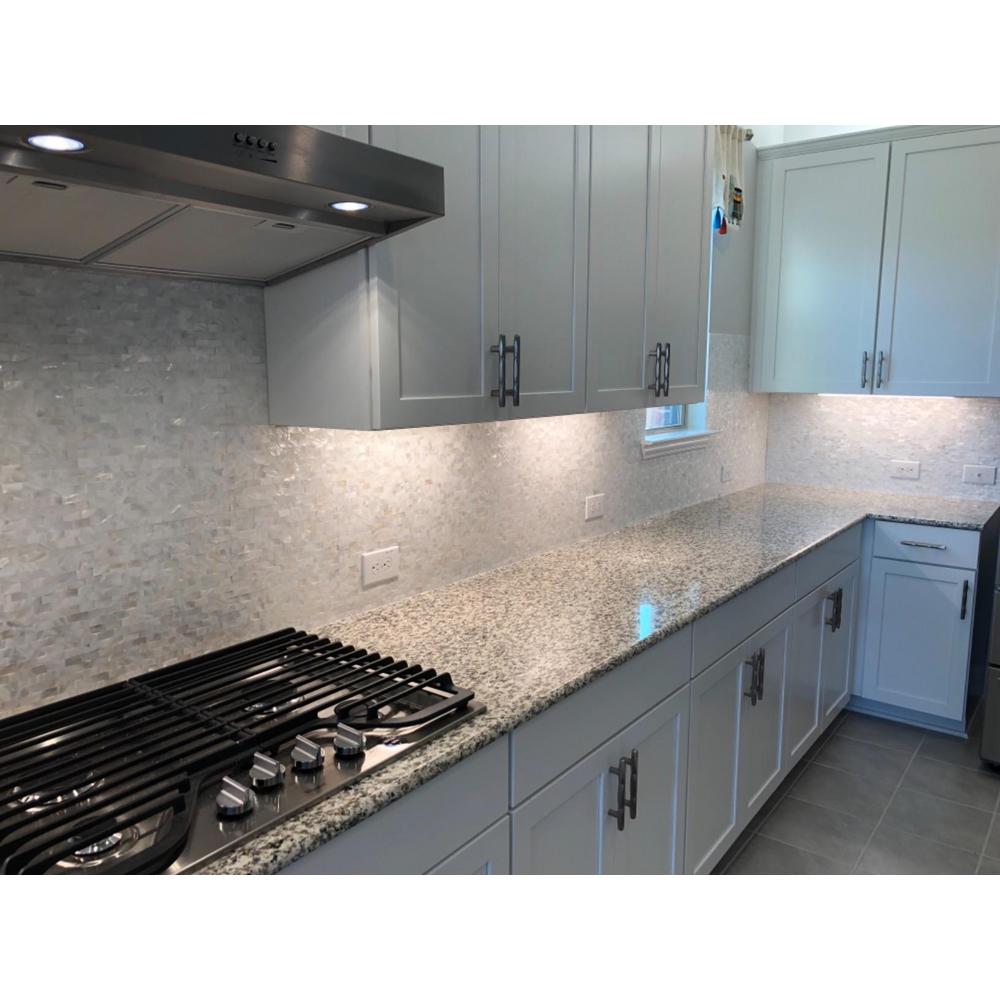
Herringbone Pattern Subway Tile Kitchen Backsplash HGTV

Profiles™ – Ceramic Tile American Olean White beveled subway tile, Beveled subway tile, Tile

Ceramic Tile Kitchen Backsplash with Mosaic Accents

Retro Kitchen Ideas to Upgrade Your Current Kitchen
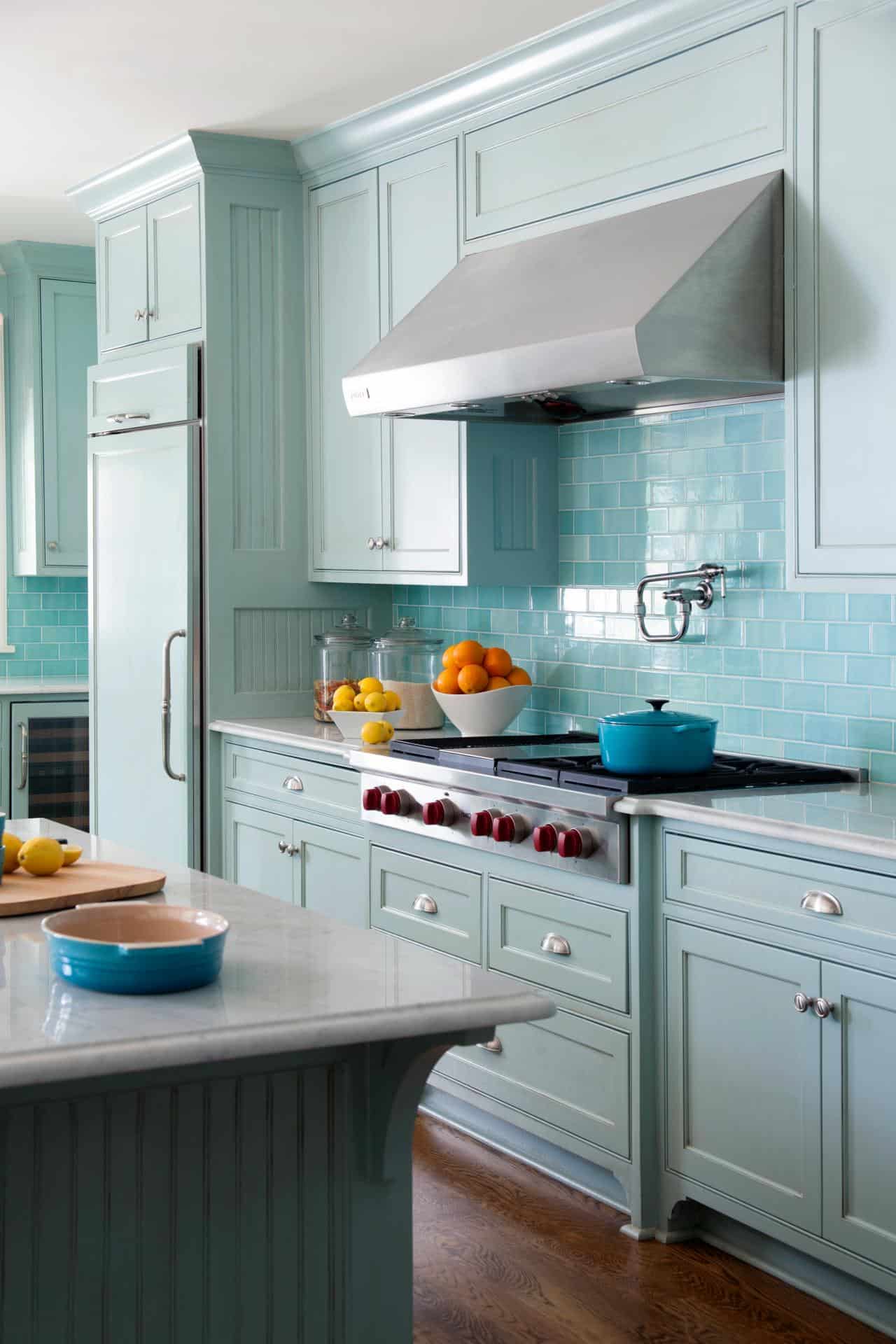
Modern Wall Tiles for Kitchen Backsplashes, Popular Tiled Wall Design Ideas
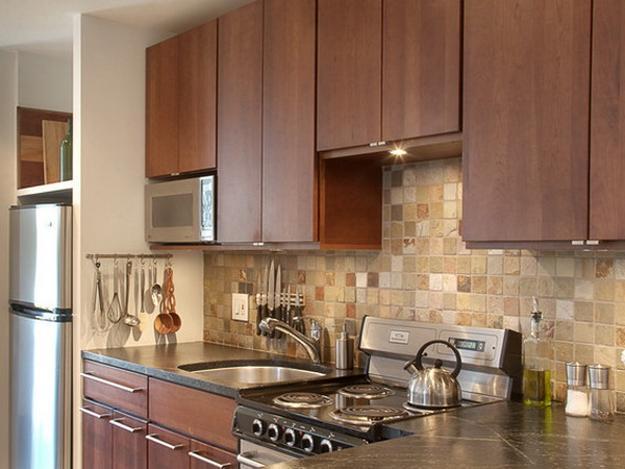
Ceramic Tile Kitchen Backsplash Kitchen tiles design, Kitchen backsplash designs, Custom

Ceramic Tile Backsplashes: Pictures, Ideas & Tips From HGTV HGTV
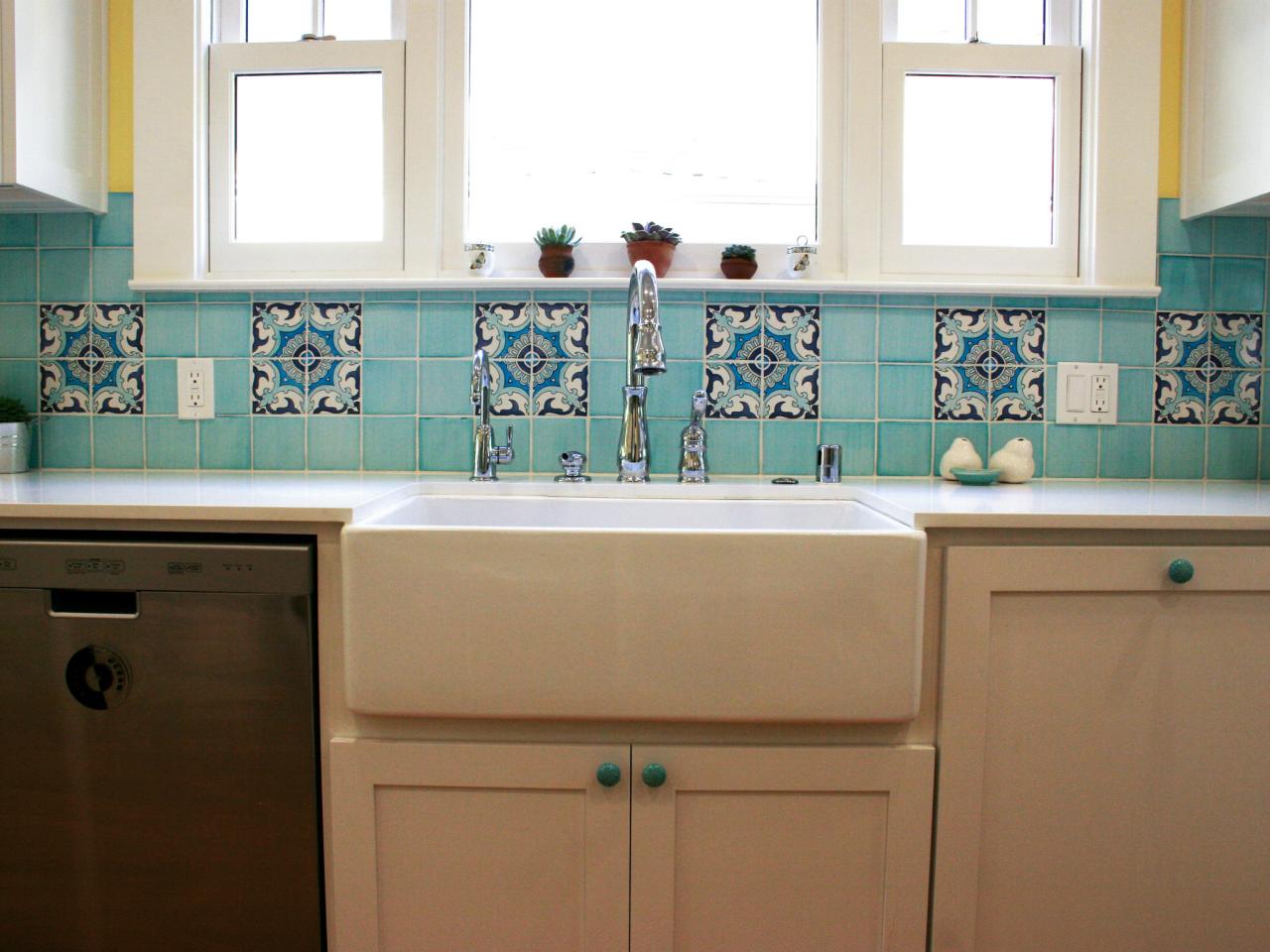
Blue Porcelain Tile Hexagon Glazed Mosaic Kitchen and Bathroom Walls
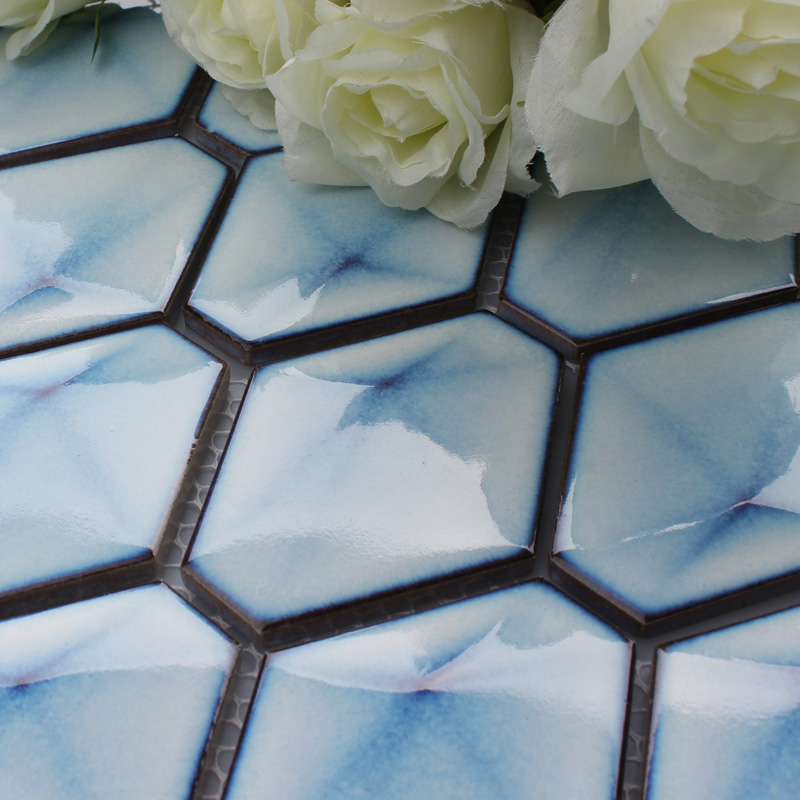
Slate, Porcelain tiles and Porcelain on Pinterest

kitchen ceramic backsplash tile ideas black with mosaic medalion Backsplash Pinterest Tile

Related Posts:
- White Kitchen Cabinets With Copper Backsplash
- Home Depot Kitchen Backsplash Ideas
- Dark Tile Kitchen Backsplash
- Kitchen Backsplash Images White Cabinets
- How To Install Backsplash Tile Sheets In Kitchen
- Kitchen Counter And Backsplash Photos
- Quick Kitchen Backsplash
- How To Do Kitchen Backsplash Glass Tile
- Grey Kitchen Cabinets Backsplash
- Elegant Kitchen Backsplash Ideas